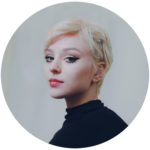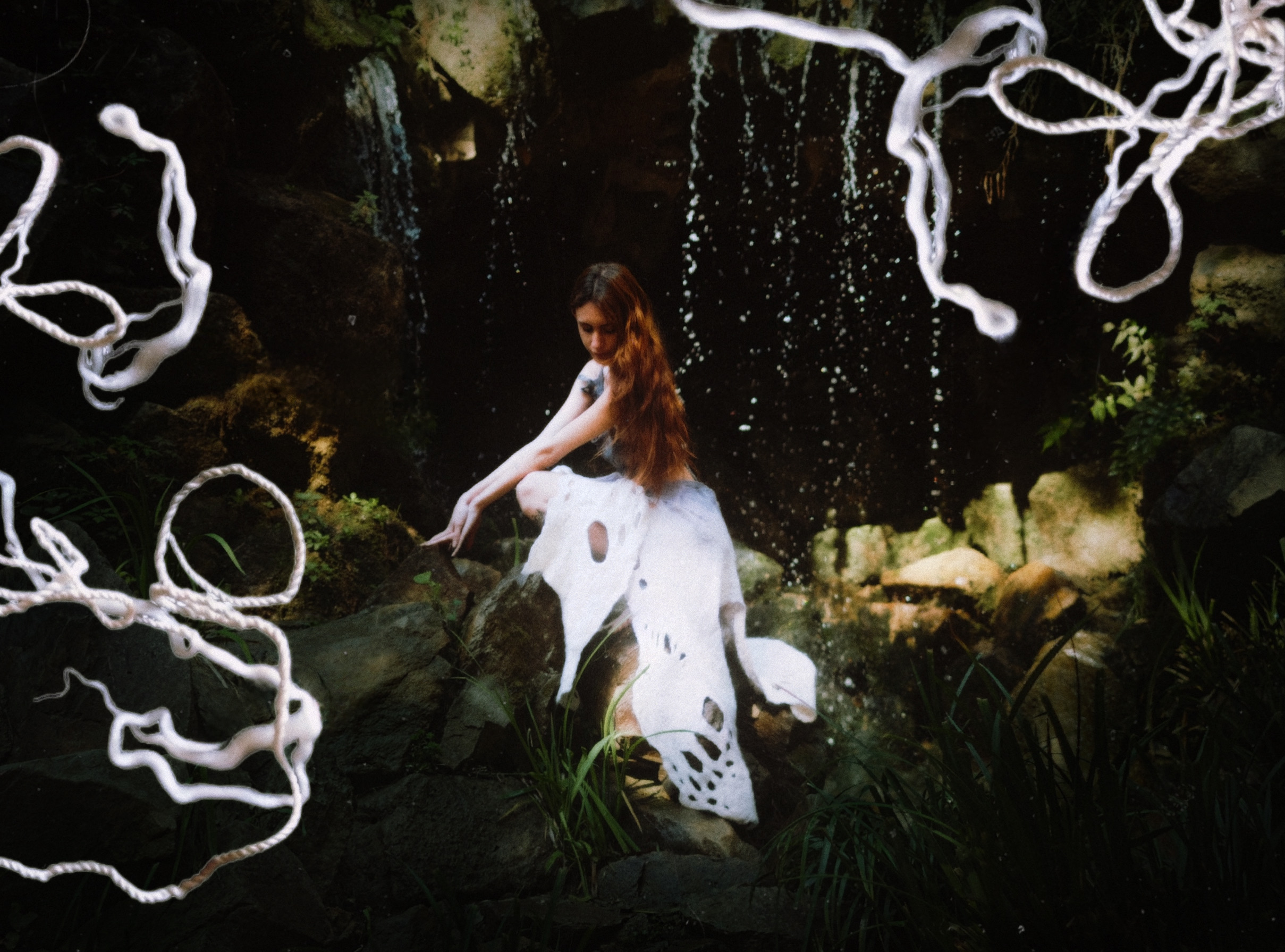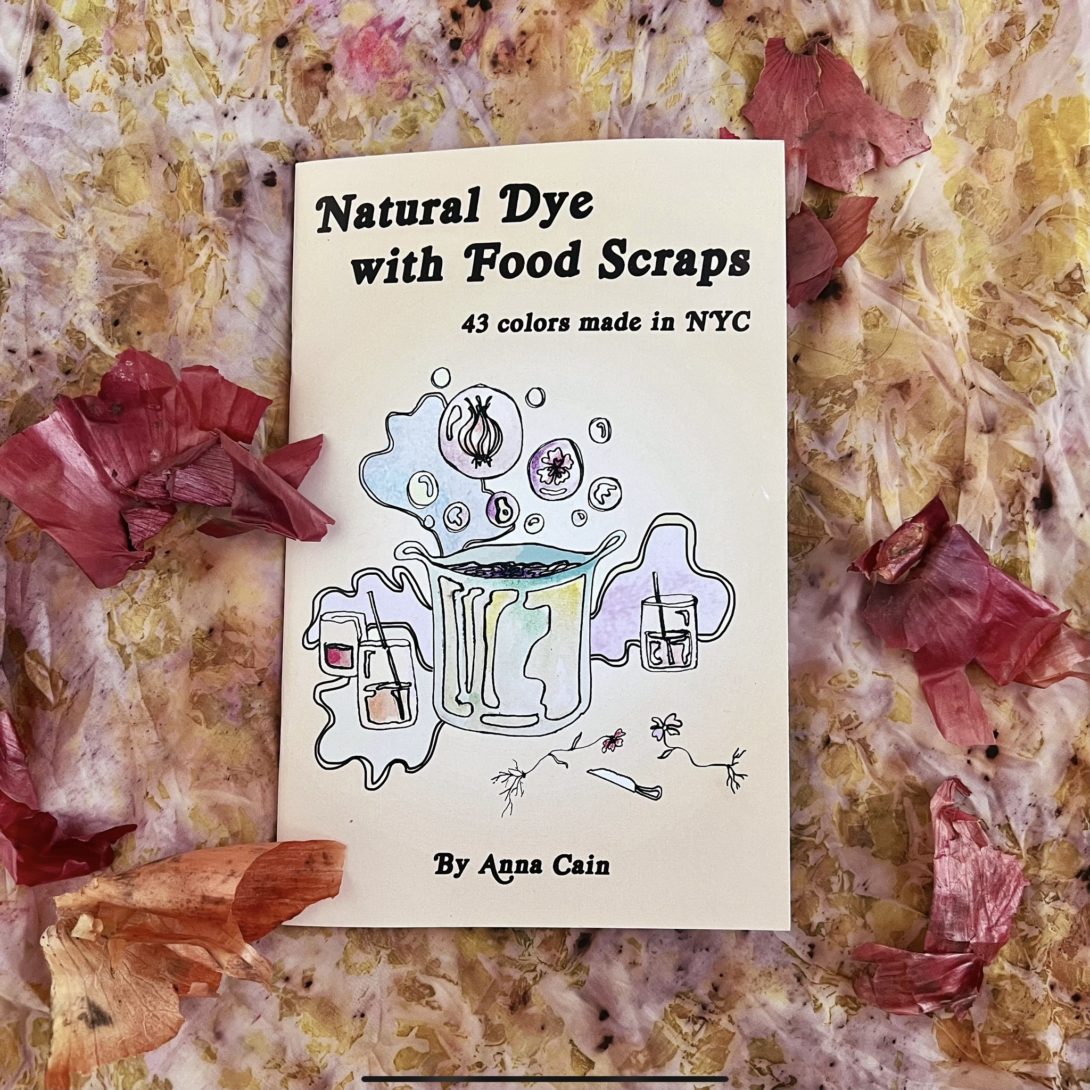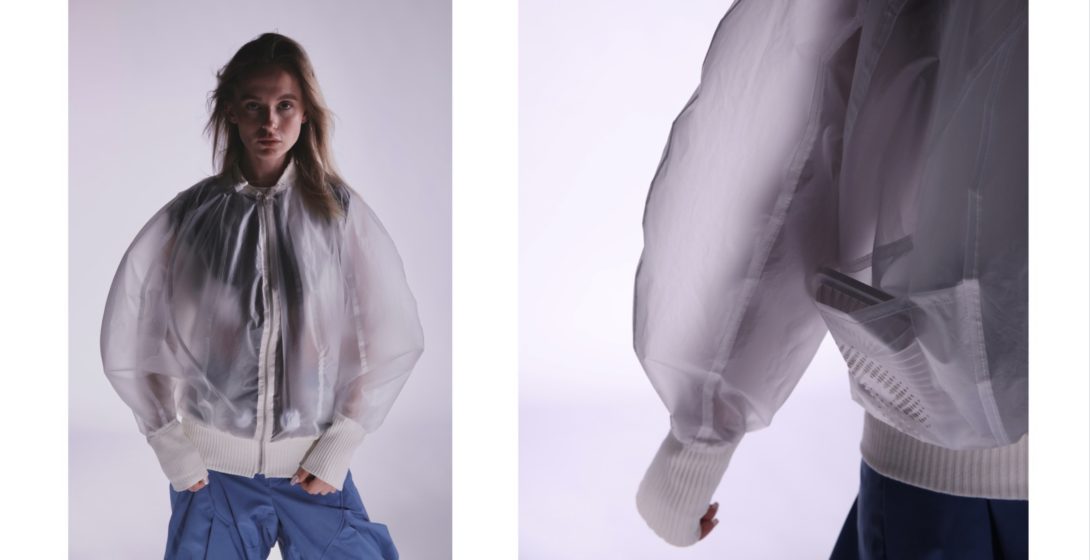About the project
Anna Cain is an interdisciplinary textile artist from California utilizing biology, circularity and the farm to fashion systems in her designs. Her work aims to alchemize local “waste” materials into useful and beautiful items.
She feels the weight of the climate crisis as a generational responsibility, which she notices often leads to cynicism and hopelessness in her peers. That is why her work centers community support and optimism. She is interested in fostering networks of care and sparking excitement about the opportunities presented by the symbiosis of science and art.
She has a BFA from Parsons School of Design in a self-designed major about sustainable textiles. She was also a member of the biomaterial club at Brooklyn community biology lab, Genspace, and the cofounder of a research group on interspecies relationships in design. She just completed a post graduate degree in textile technology at Fabricademy in Barcelona. She is enjoying connecting with all of the sustainable designers and artisans of the city, and furthering her craft in natural dyes and materials.
Projects
Metamorphocin
Metamorphocin is a home sericulture project, investigating cohabitation and alternative methods to make products with Bombyx mori while allowing for it’s metamorphosis. The underlaying goal is to prepare for a farm-to-fashion model studio to create locally and meaningfully with silkworms, sheep and natural dye plants.
Natural Dye with Food Scraps
Natural Dye with Food Scraps is a book filled with 43 pigment recipes made from common food waste of the local farmers market and natural color swatches. It was sold as a fundraiser for the neighborhood community fridge. In accompaniment, a natural dye workshop was held at Essex Market’s summer festival for kids and adults to demonstrate the value food waste can hold.
Puff Air Jacket
In this Attract group project between IAAC Fab lab, IED and CERN Idea Square Anna Cain, Julia Rodriguez and Nico Garcia were tasked to explore functional fashion design and wearable technology to ensure survival in the climate crisis era. The PuffAIR Jacket is inspired by organisms that harvest water in dry environments and fog collection structures that are similarly designed. Combining this water collection technology with megamorph UV light-emitting screens and a water quality sensor, this speculative garment would allow one to harvest, purity, test and drink water directly from the air. The water-collecting knit is created by a Kniterate machine with a shareable file so others may customize their belongings with this functional textile. A fan circulates the surrounding air into the jacket compartment with the knit, which condenses the humidity into droplets that fall into a water pouch. The components of the jacket are sterilized by the megamorph UV light and monitored by the water quality sensor, allowing the wearer to hydrate directly.
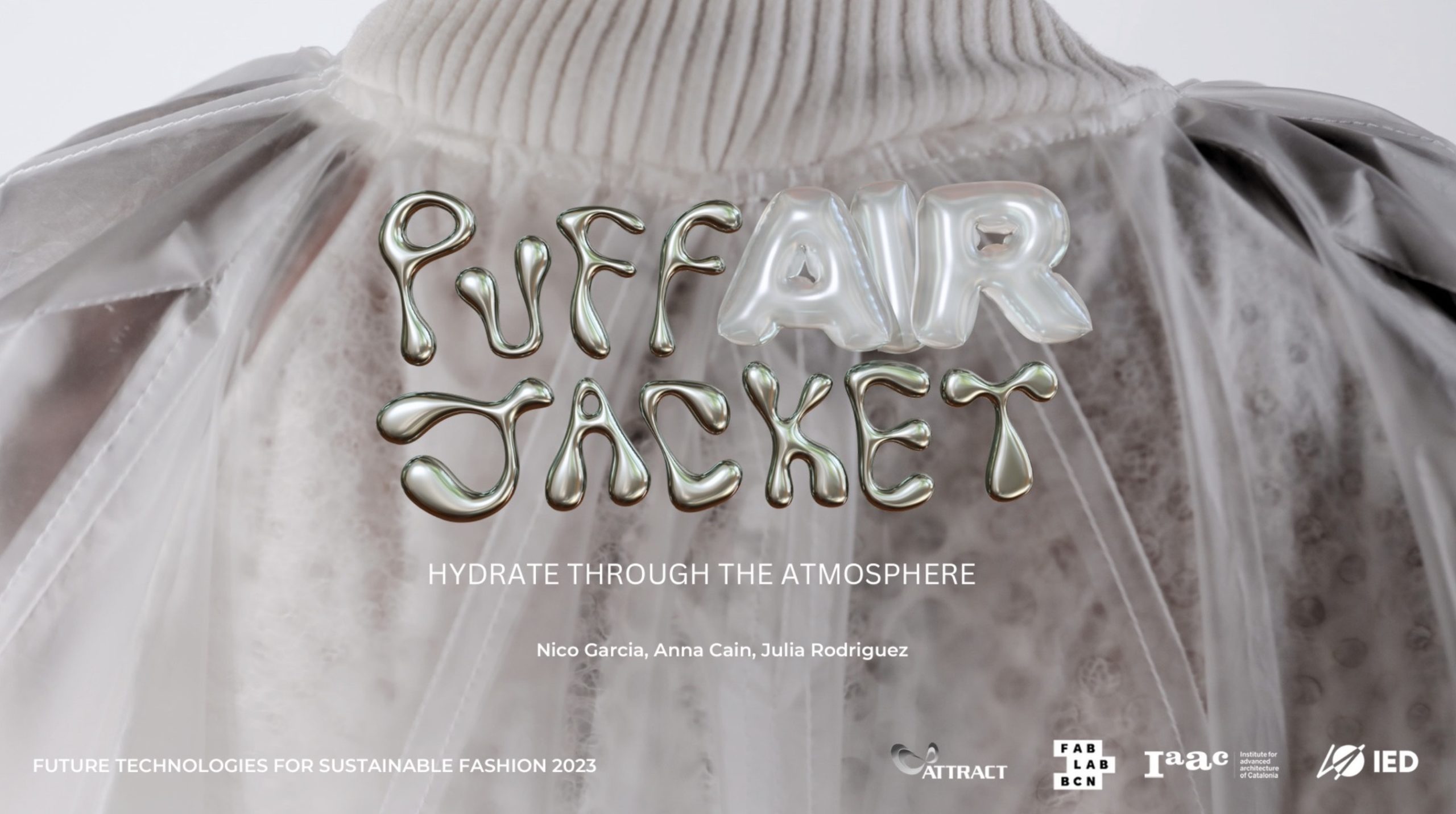
About Anna Cain’s approach
Almost all of Cain’s projects have been open source by sharing the techniques and files on her website. She also make process videos on social media to inspire others to make things from their own waste materials. While she sells her natural dye painted clothing, she teaches workshops as well to promote the craft and encourage other artists to swap their synthetic, store bought materials out for natural ones.
Her custom natural dye work protests the disconnected clothing interaction that disposable, fast fashion has normalized. Her design process calls for collaboration and trust between the commissioner and maker, strengthening a relationship, while creating a meaningful garment. She has a survey for the customer to provide information on their general wellbeing and choose a category for emotional support they are currently seeking. Their needs inform the plant matter she chooses for the dye, creating a personalized garment that is saturated with care.
The ingredients for her materials and dye mostly come from waste streams and are biodegradable. She aims to show that the items we consider useless, gross and bound for the trash can actually be a valuable resource. While she believes upcycling plastics and other synthetic materials is a useful sustainable technique as well, she likes to work with natural matter that can biodegrade in garden level compost systems to phase out dependence on fossil fuel based materials.
